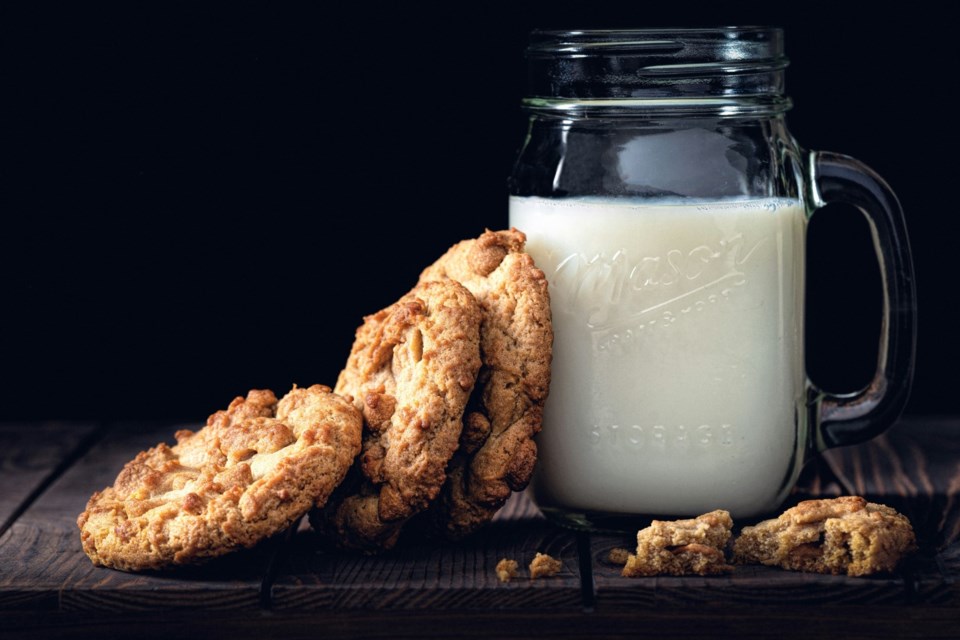Canada’s dairy system is drowning in waste – up to 10 billion litres of milk discarded over the past decade. This isn’t just inefficiency; it’s a shocking mismanagement of resources that doesn’t fit with today’s environmental priorities or changing consumer preferences. The system is broken, and it’s time for serious reform to stop squandering billions of dollars worth of milk and resources that could be better used.
Since 2012, Canadian dairy farms have wasted over six billion litres of milk, with some estimates suggesting the figure could be closer to 10 billion litres over the last decade. That’s milk valued at up to $14.9 billion, gone down the drain – literally. This massive waste, highlighted in a study set to be published by the Ecological Economics journal, exposes a dairy supply management system (DSMS) that’s completely out of touch with today’s market demands and environmental realities.
The DSMS was designed to perfectly match milk supply with consumer demand through production quotas, theoretically eliminating waste. Unlike other countries where overproduction is common, Canada’s system was supposed to provide stability and efficiency. But that’s not what’s happening. Instead, farmers, incentivized to overproduce to hedge against variable cow lactation, are flooding the system with excess milk that ends up 小蓝视频 thrown away.
The environmental cost of this waste is staggering. The production of this wasted milk has devoured between 920 and 1,900 square kilometres of arable land and guzzled between 930 million and 1.9 billion cubic meters of water. That’s on top of 8.4 million tonnes of CO2 emissions – equivalent to adding 330,000 cars to Canada’s roads. In a world increasingly concerned with water scarcity, land degradation, and the fight against climate change, this is nothing short of a catastrophe.
And it’s not just about environmental harm. The DSMS also ignores the fact that Canadians’ dietary preferences are shifting. More people are choosing plant-based alternatives for health, ethical, and environmental reasons. Meanwhile, food insecurity is rising, with more Canadians turning to food banks to survive.
How can we justify throwing away billions of litres of milk while families go hungry?
The Canadian Dairy Commission (CDC), the crown corporation that oversees these quotas, needs a drastic overhaul. For starters, milk waste on farms should be made illegal. The CDC should also implement a milk rescue program, converting surplus milk into powdered form for strategic reserves, much like it does with butter. This wouldn’t just cut waste – it would create a safety net for times of market fluctuation, ensuring that surplus milk benefits Canadians instead of becoming an environmental and moral liability.
The time for change is now. First, transparency in the DSMS must be increased. The U.S. dairy industry has systems in place to document and report milk waste, and Canada should follow suit. This would help provide an accurate picture of the problem and encourage more responsible practices.
Second, it’s high time to rethink the quota system. It’s based on outdated assumptions about the indispensability of milk, and it no longer reflects the realities of today’s dietary landscape. Quotas should be adjusted to accommodate the growing demand for plant-based alternatives, moving Canada toward a more sustainable agriculture system.
Finally, exporting surplus milk could be a temporary fix, but it must be done carefully to avoid creating dependency on volatile global markets – something that could sabotage long-term sustainability goals.
If politicians are so eager to defend Bill C-282, which would protect supply management during future trade negotiations and is facing resistance in the Senate, they should also be willing to start an honest conversation about how to make the system work for all Canadians – not just the dairy sector elite
It’s time to stop crying over spilled milk and take concrete action to prevent it from happening again.
Dr. Sylvain Charlebois, a Canadian professor and researcher specializing in food distribution and policy, is a senior director of the Agri-Food Analytics Lab at Dalhousie University and co-host of The Food Professor Podcast. He is frequently cited in the media for his insights on food prices, agricultural trends, and the global food supply chain.
©
The commentaries offered on 小蓝视频 are intended to provide thought-provoking material for our readers. The opinions expressed are those of the authors. Contributors' articles or letters do not necessarily reflect the opinion of any 小蓝视频 staff.




